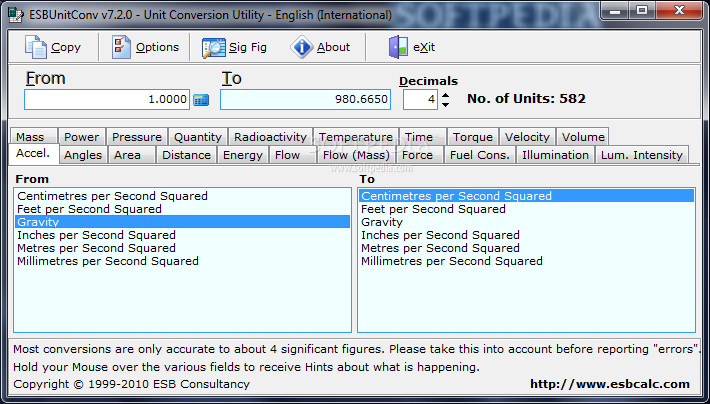Catt Acoustic Keygen Music

If you do find a reasonable way to import 3D model data from Revit MEP into EASE I'm very interested into hearing about it since we're running into the same issues here. The one thing I've considered trying is exporting to sketchup and then importing the sketchup file into EASE but I will have to figure out how to use sketchup properly before I can try that.Honestly, I find it rather irritating that there isn't any basic electroacoustic simulation/calculation functionality integrated into Revit since multiple options exist for doing lighting calculations directly inside Revit. Install perl module on aix. After all, the acoustic formulas are fairly well documented and Revit's math engine is capable of handling calculus natively. Give me some time and I'll write an add-in to capture the primitive geometry of a room and dump it to a 3D DWGThe problem with EASE is that it's a finickey program that requires you to draw simple polygons in the correct direction (clockwise or counterclockwise) so that the correct surface is 'pointing in' towards the center of the room.The problem with Revit is that it's a finickey program that only knows how to dump out ALL the the complex geometry of a 3D isometric view.My best solution so far, has been to set the model visibility of my room to Course in my 3d View. Turn off everything I don't care about in Visibility/Graphics - then export to DWG. Then, instead of trying to 'clean up' the model to be EASE friendly.
Catt Acoustic Keygen Music Youtube


I XREF in my exported DWG into a DXF I exported from EASE (with one of those preset starting rooms with a couple of absorbtion materials already picked out).Then I create new 3dpolylines and to roughly match the geoemetry from Revit. Turning 3d objectsnap on and off as needed.Then, unload the Revit 3D DWG XREF and save the DXF again and re-import.This has been the fastest workflow I've been able to find.-It is annoying that photometric analysis software basically just shoots out 'photons' that bounce around a room - and a similar function could be done with sound directly within Revit.Keep in mind we're using weird niche software (EASE, Catt, Ulysses) who's programmers are probably 4-5 dudes from Germany. You can't expect them to master the Revit API and have them come up with some add-in that works with it.